Crew 263 Scientific Report 06-03-2022
SOL: 13
Name of person filing report: Léa Rouverand
Geology Field Campaign:
Geology field campaign by human operators has been investigated throughout the mission second week (SOL 7 to SOL 13). Analysis using a SciAps Z-903 handheld LIBS (laser-induced breakdown spectroscopy) analyzer has been performed as well as outcrop sketching, image capture and sample collection. The participants are now used to performing such tasks under EVA protocol and spacesuits which constraints their movement and field vision. The study has put into light the large flexibility of human operators to perform field study: 5 outcrops were analyzed in a total of 3 outings, the EVA participants could move across units and perform studies at different elevations. On-field decision making was also recorded by using a drone to chose on the field the outcrops to analyze. The J2/K1 transition was identified in terms of rock textures and gypsum were found chemically using the LIBS.
Aquapad:
This analysis uses Aquapads to test the drinking water quality. The water was found to be very clean and safe for consumption.
Ultrasound surveillance:
On SOL 10, image capture of 5 organs for each Crew Members were performed using an ultrasound device and an Augmented Reality software. It is the same experiment performed on SOL 2. However, an improvement on the ultrasound image capture performance by the Crew Members have been observed.
HF wave propagation experiment:
This experiment aims to study the propagation characteristics of the ionosphere for HF waves to achieve contact between MDRS and Toulouse (France). On SOL 10, we successfully captured HF signals on 2 different frequencies (21 MHz and 28 MHz). Unfortunately, they did not hear back from us. Another trial will be performed 17.
Gravitropism:
This experiment aims to study the effect of gravity on plant growth. Lentil and bean seeds are planted on a rotating platform. The seeds suffered from the relocation from the GreenHab to the ScienceDome and/or local atmosphere. We have placed them in water to wait for initial growth before planting them back in the rotating platform.
Drone Astronaut Rescue:
The experiment’s aim is to assess the use of an ANAFI thermal drone for Astronaut Rescue. A pair of 2 astronauts goes away from the other pair. The efficiency of a time lee identification of the “hidden” pair using a drone is to be investigated. First trial was performed on SOL 4 and a second trial was performed on SOL 10, the drone allowed to spot the Astronaut pair in 5 minutes (longer than on SOL4 as the “hidden” participants were in the shadow) and join them in 7 minutes (shorter than on SOL 4, as the drone was left at the target location and not turned back to the drone operator, real-time feedback was possible). The use of the drone thermal feature is still to be investigated as it still made the image more confusing. We also need to compare the rescue protocol to one without a drone; this is planned on SOL 16.
On SOL 10, the “hidden” pair also investigated emergency protocols. The protocol is made by middle school students and serve as an Educational Activity to introduce them to crewed space missions and the scientific methodology. One participant simulated an arm injury, the other participant had to follow the emergency protocol to handle the injured participant. A stress analysis was also performed at the same time as the simulation injured participant was not the initially planned person. One participant during the EVA and in the Station was aware of this “switch” in person. Feedbacks has been obtained on the protocol.
Hab depressurization emergency protocol:
On SOL 11, a HAB depressurization emergency protocol, also made by middle-school students, was tested out. An initial disorganization of the crew members in following the protocol was observed but they successfully managed to follow the protocol in time and did not lead to “simulated” fatalities.
Atmospheric Experiment:
There is a total of 5 atmospheric experiments; LOAC (Light Optical Aerosol Counter), an Electrical Field Mill, Purple Air (Aerosol Counter), Mega-Ares (Electrical Field Counter) and a weather station. Mega-Ares has been out because of an assembly issue but has been fixed and reinstallation was performed on SOL 6. The Electrical Field Mill does not turn on so is back at the station until we have researchers’ feedback.
Augmented Reality Testing:
First trials of the Augmented Reality Application testing were performed between SOL 1 and SOL 4. Software issues with menu placement and hardware issues were identified.
On-going experiments: Sleep study using Dreem Headbands, TELEOP (analysis of spatial awareness and isolation on teleoperation tasks), Psychosocial and Cognitive questionnaires, Psychometric tests, nothing to declare on SOL 13.
Questions, concerns and requests to Mission Support: NaN


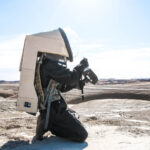
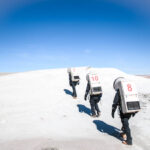
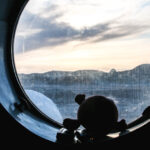
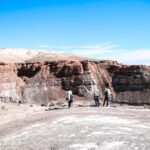
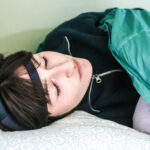
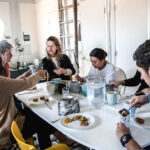
You must be logged in to post a comment.